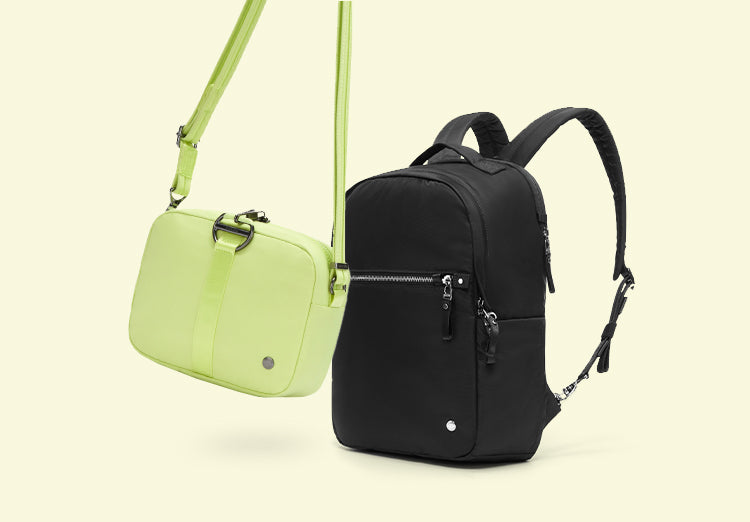按此訂閱電子通訊以獲取首張訂單9折優惠|所有香港訂單免運費|可派送到順豐智能櫃或順豐站|按此開始Whatsapp即時對話
按此訂閱電子通訊以獲取首張訂單9折優惠|所有澳門訂單運費為港幣30元正|可派送到順豐智能櫃或順豐站|按此開始Whatsapp即時對話
按此訂閱電子通訊以獲取首張訂單9折優惠|所有香港訂單免運費|可派送到順豐智能櫃或順豐站|按此開始Whatsapp即時對話
按此訂閱電子通訊以獲取首張訂單9折優惠|所有澳門訂單運費為港幣30元正|可派送到順豐智能櫃或順豐站|按此開始Whatsapp即時對話


















